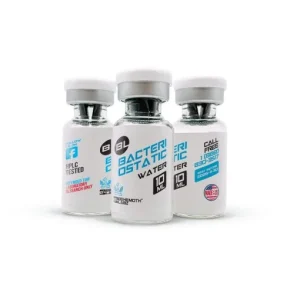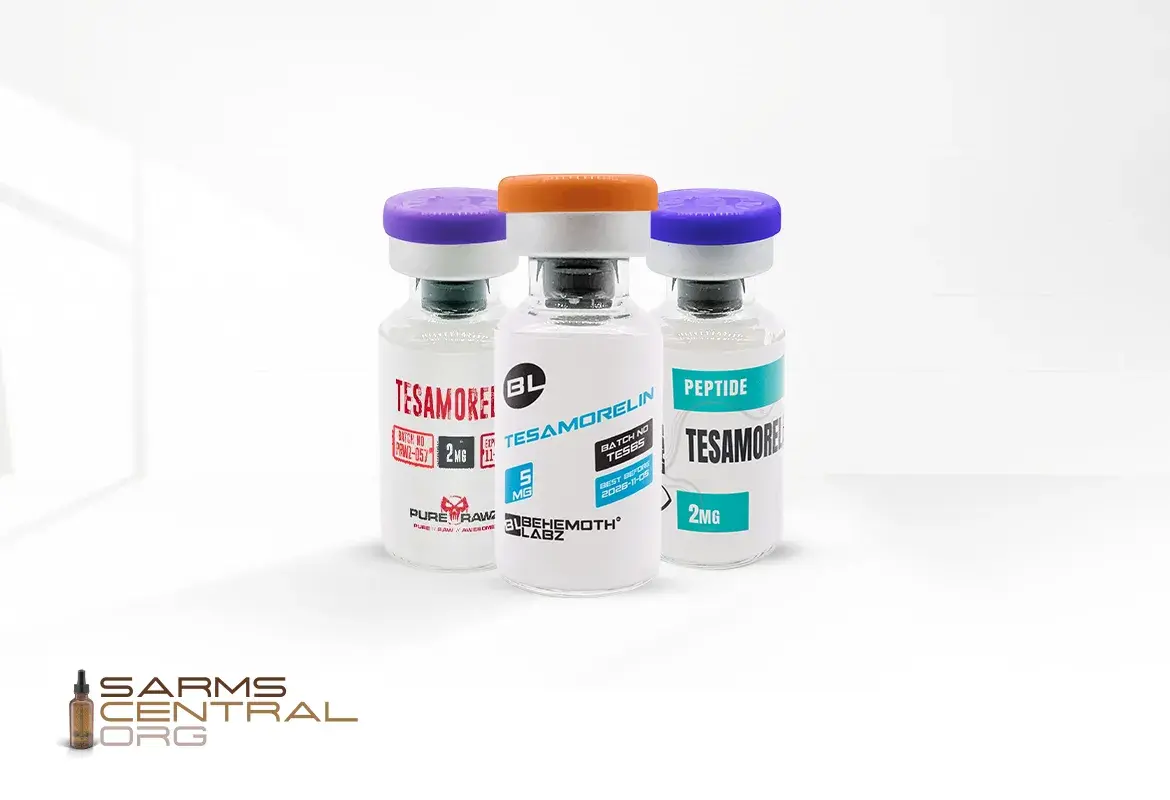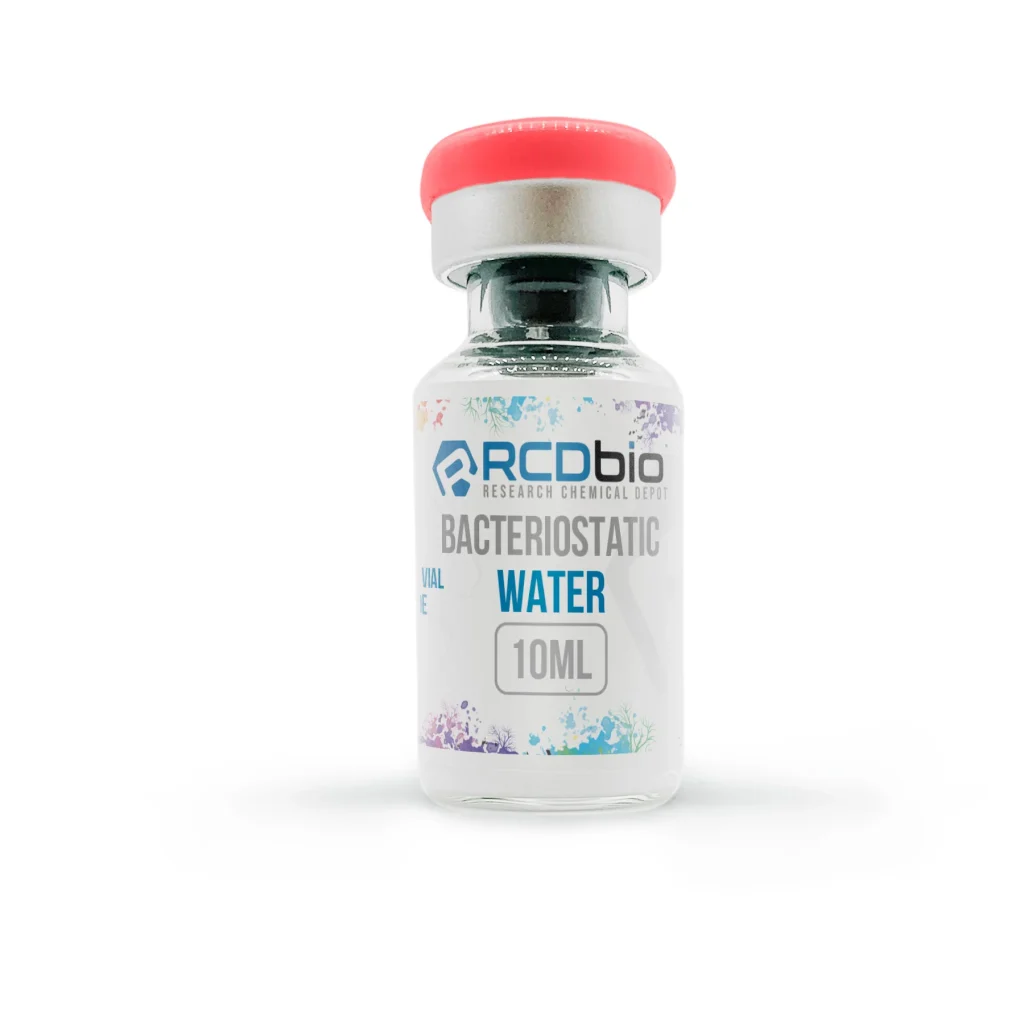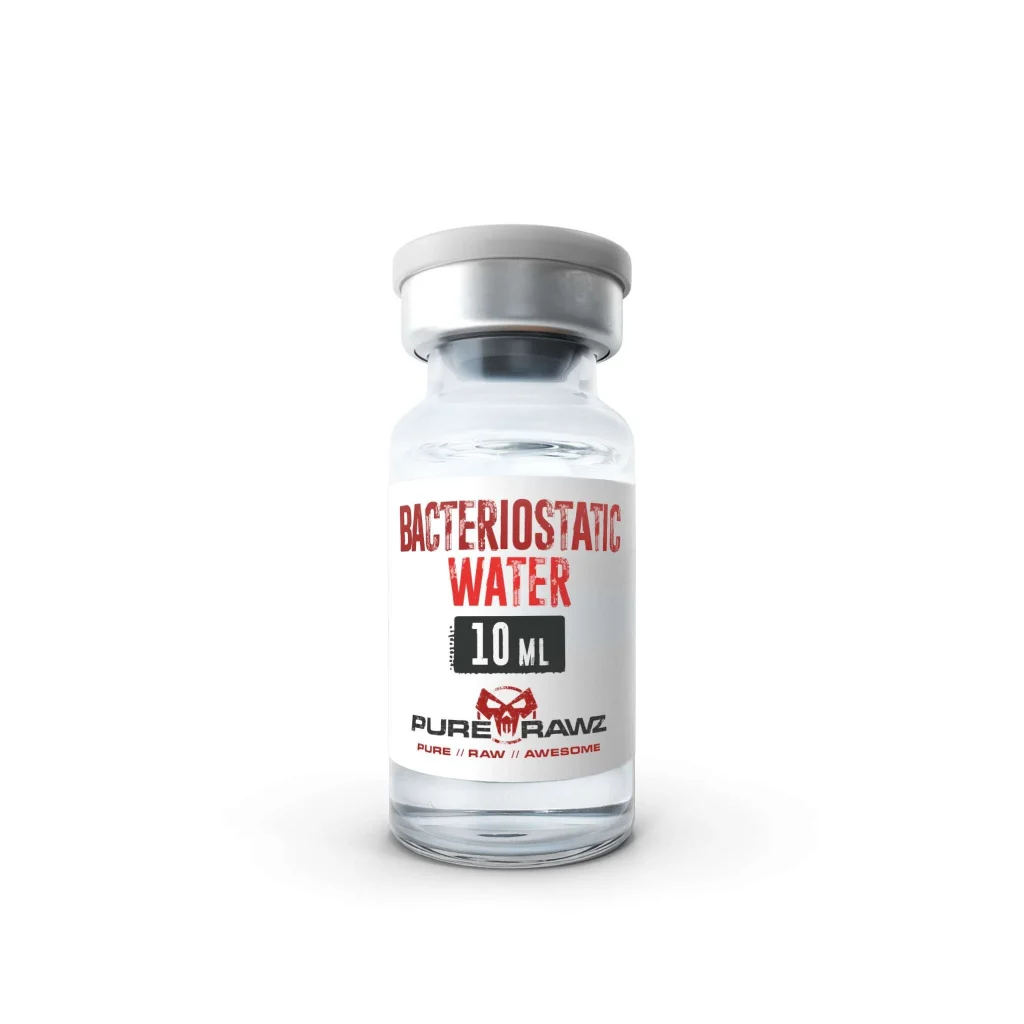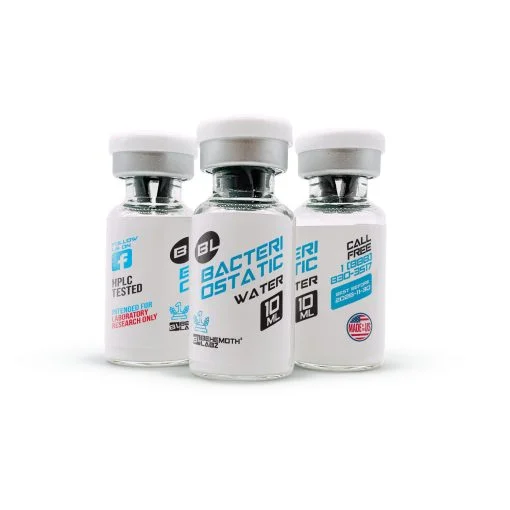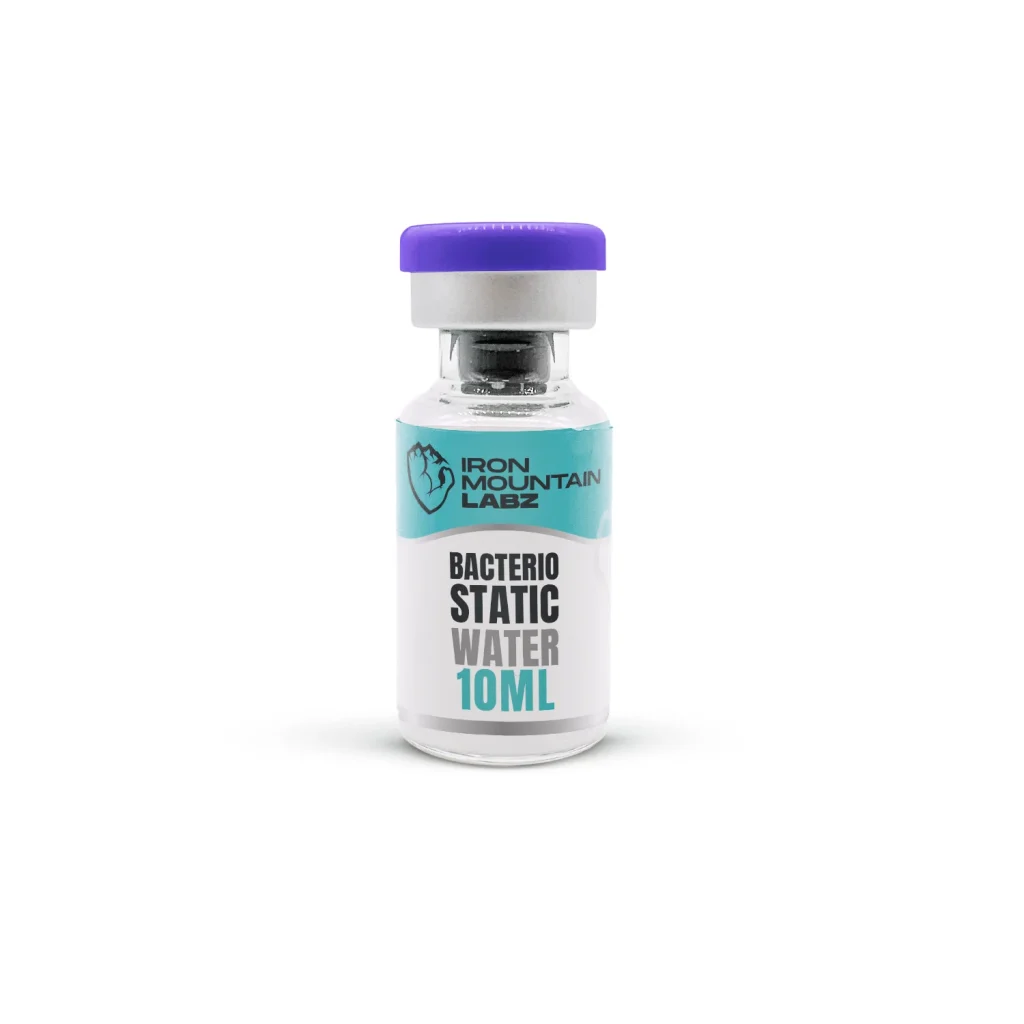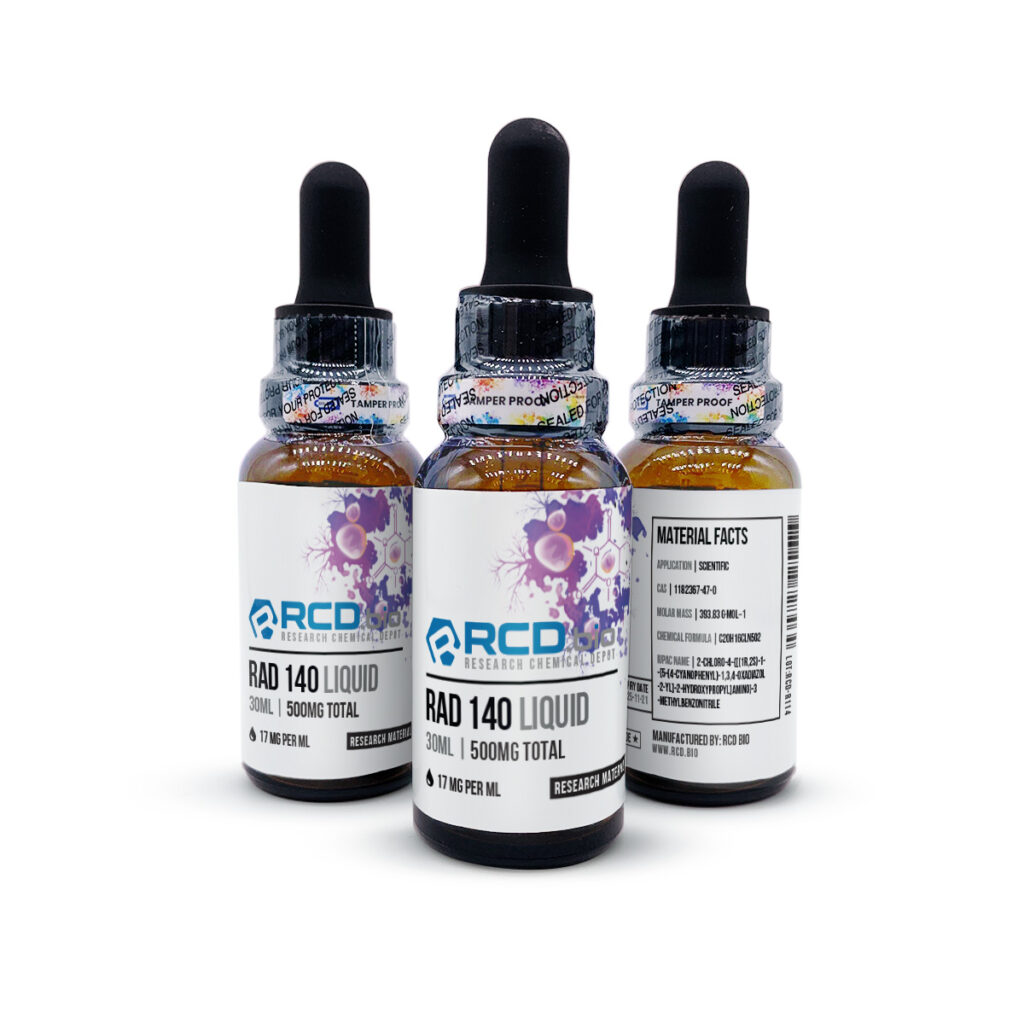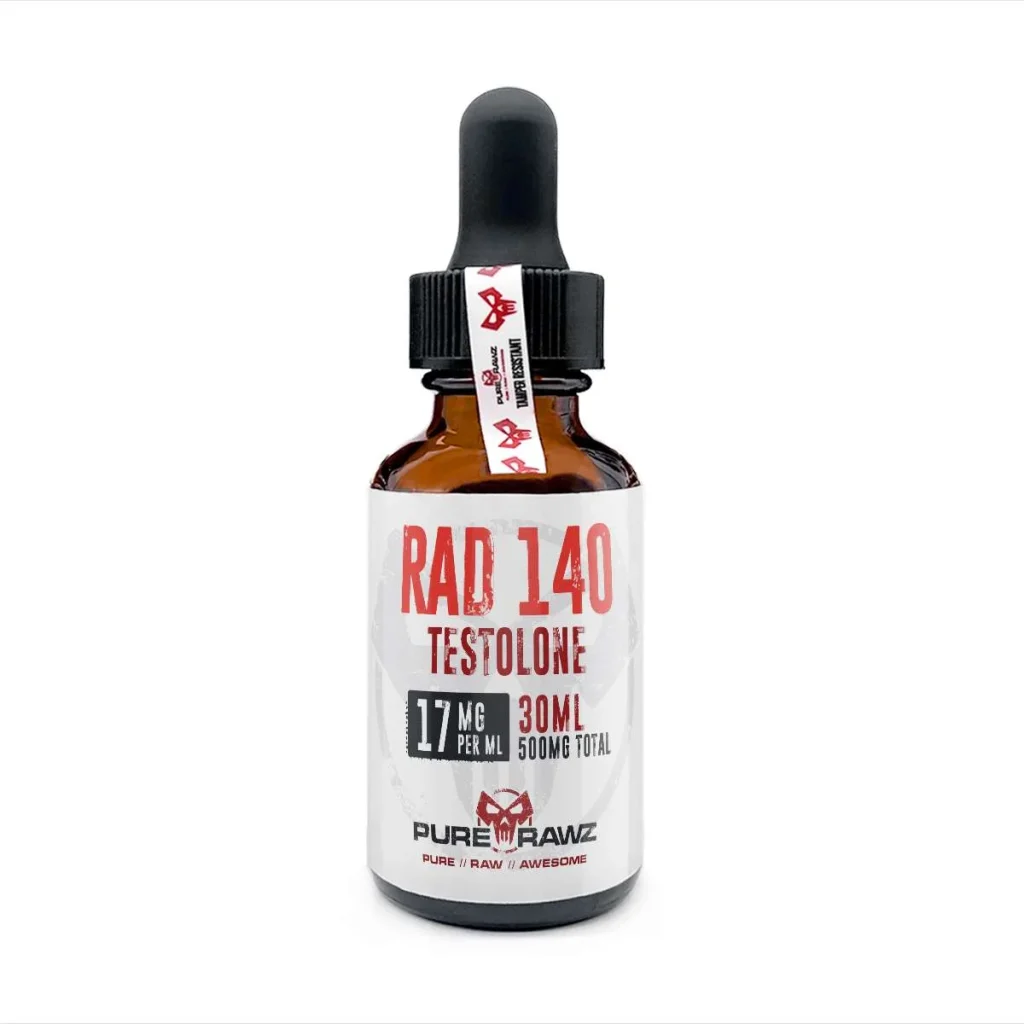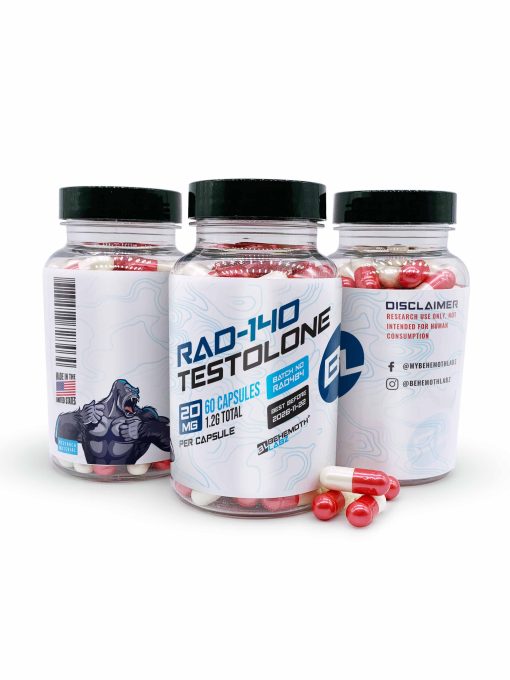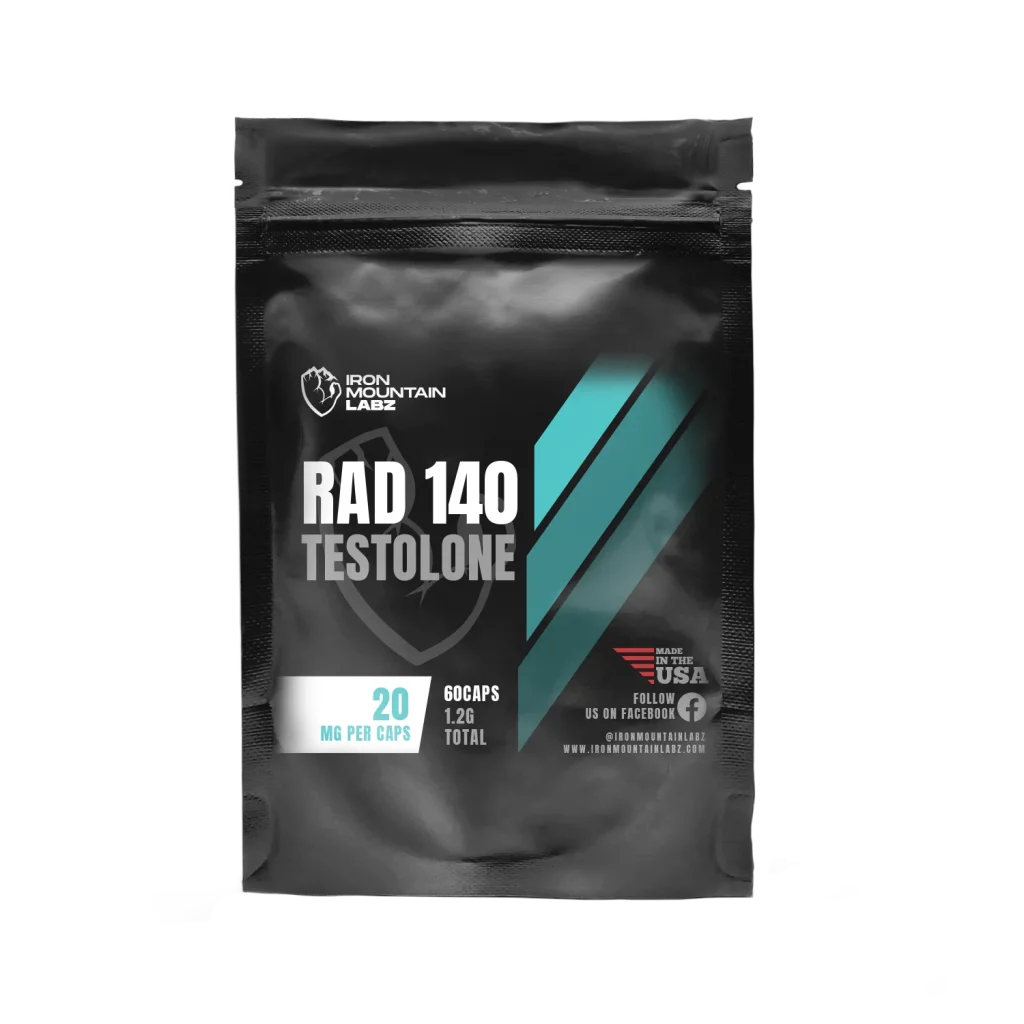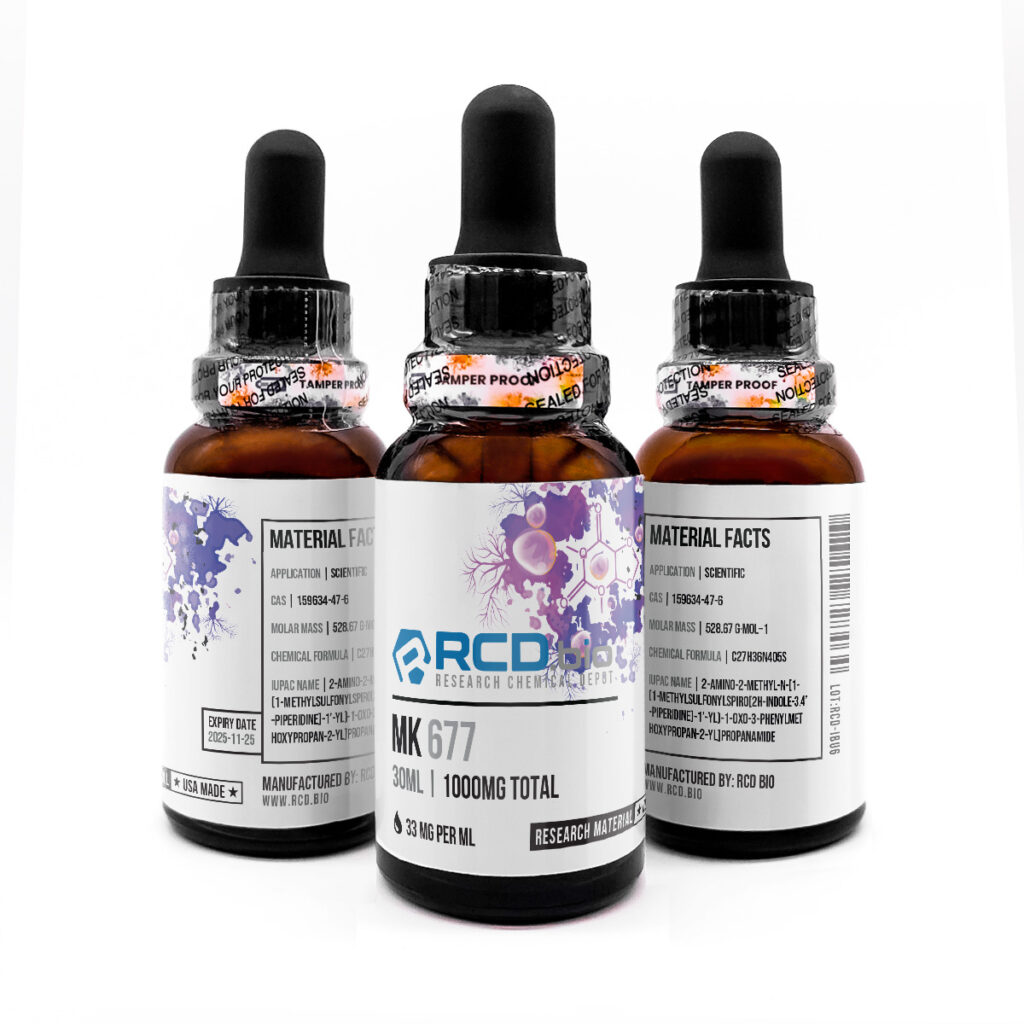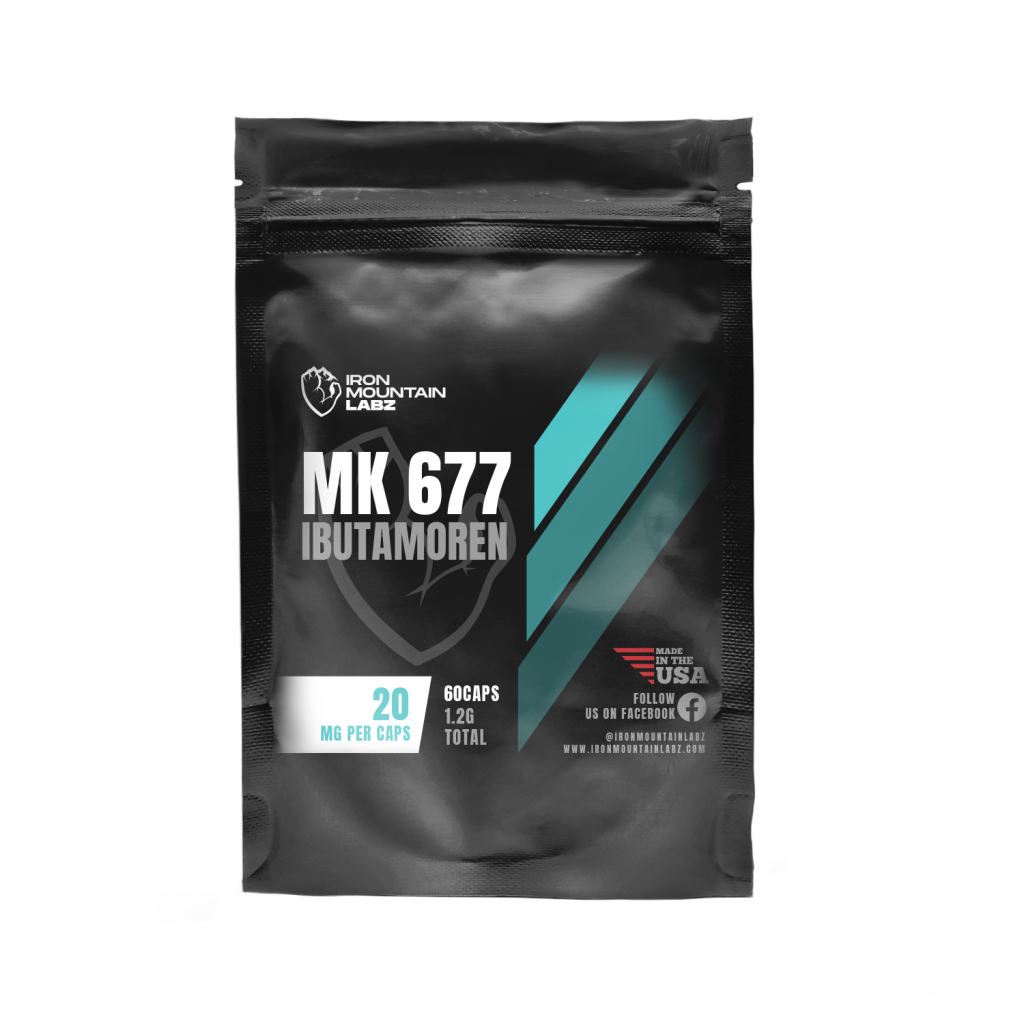Bacteriostatic water is a widely used medical product that plays an important role in medical procedures especially in procedures involving injectable medications. How you store it can directly impact its safety and effectiveness. That’s why in this blog, we will get into the basics you need to know to preserve it, store it properly, and keep it free from contamination.
What is Bacteriostatic Water?
Bacteriostatic water is a sterile solution made from water and a small amount, usually about 0.9% of benzyl alcohol that is added to act as a preservative. This stops the growth of bacteria, so the water can be safely used multiple times from a single vial. That’s why bacteriostatic water is suitable for patients who need repeated injections over time.
Unlike sterile water intended for one-time use, bacteriostatic water contains bacteriostatic agents that allow for multiple uses when stored the right way. It’s also used to reconstitute drugs for injection, especially when preparing different types of peptides.
Best Ways to Store Bacteriostatic Water
To maintain the potency of your bacteriostatic water, it helps to follow these proper storage tips:
- ➢ Keep in a cool, dry place
Store at a controlled room temperature between 20°C to 25°C (68°F to 77°F). Avoid exposing it to heat, cold, or humidity. - ➢ Store away from sunlight
UV light can degrade your solution, so keep it in a dark cabinet or a closed storage container. - ➢ Tightly seal the vial
Always close the single vial immediately after each use to reduce air exposure and prevent contamination. - ➢ Use a clean technique
You must practice using a new sterile syringe for every withdrawal. Reusing syringes can let bacteria in and compromise your solution. (injection guide)
Sticking to these storage guidelines helps delay microbial contamination and helps maintain sterility for up to 28 days after opening.
How long does bacteriostatic water last? Shelf Life of Bacteriostatic Water
Unopened bacteriostatic water often has a long shelf life. It may remain sterile and viable for up to 2 years, but it still depends on the expiration date on the vial. However, its shelf life may be cut short to 28 days after it’s opened. That 28-day limit helps prevent bacterial growth and keeps the bacteriostatic preservative effective.
How Benzyl Alcohol Affects the Storage of Bacteriostatic Water
Benzyl alcohol is an important bacteriostatic agent in this solution. It helps stop bacteria from growing, which is why you can draw from the vial multiple times using a sterile syringe without contamination right away.
However, benzyl alcohol doesn’t make it foolproof. If the vial is exposed to air, stored improperly, or if a non-sterile syringe is used, bacteria can still get in and weaken the effects.
Find The Best Prices For Bacteriostatic Water
Precautions When Handling Bacteriostatic Water
When you’re dealing with any medical product, there are precautions to watch out for, especially if it’s going into your body through an injection. Proper handling helps prevent infection, adverse reactions, or complications in medical procedures.
Here are major precautions to remember:
- ➢ Never reuse syringes to avoid cross-contamination
- ➢ Always sanitize your hands and work area
- ➢ Don’t touch the vial’s rubber stopper with anything non-sterile
- ➢ Discard your bac water if any contamination is suspected
How To Tell if Bacteriostatic Water Has Expired
It helps to know that even with proper storage, your bacteriostatic water can still go bad over time. Here are signs that it’s no longer safe to use:
- ➢ Any cloudiness or discoloration
- ➢ Particles floating in the solution
- ➢ Any strange or off smell (it normally has little to no scent)
- ➢ Passed the expiration date on the vial
- ➢ Vials that have been open for more than 28 days
If you notice any of these, do not use the water. Any trace of contamination can lead to bacterial growth. Keeping it despite these signs will compromise your safety, especially when it comes to injections and blood exposure.
Side Effects of Improper Bacteriostatic Water Storage
Using compromised bacteriostatic water may lead to serious health issues. Here are some potential side effects to watch out for:
- ➢ Local or systemic infections in the body
- ➢ Inflammation at the subcutaneous injection site
- ➢ Allergic reactions to benzyl alcohol or contamination-related irritants
- ➢ Intravenous contamination, which may lead to bloodstream infections or clotting
- ➢ Reduced effectiveness that may affect your medication
How to store bacteriostatic water with other medical supplies
Keeping your bac water with other medical supplies like injectable medications, solvent vials, and syringes is a good practice, as long as you store them in a clean, dry, and organized area. This helps you avoid mix-ups and protects the sterility of your medical supplies.
Ensure that bacteriostatic water is stored away from open containers or unsterile supplies. Label each vial clearly, especially if you’re using a peptide calculator to track your doses for healing and recovery protocols.
Conclusion
Storing your bacteriostatic water the right way keeps it effective and ensures your safety, particularly when preparing solutions for anti-aging treatments. With proper storage, you can lower the risk of contamination, bacterial growth, or any unwanted health reactions. However, proper storage won’t make your solution immortal, so always keep an eye out for any changes. In case of experiencing any side effects, seek medical advice from a healthcare professional immediately.
Frequently Asked Questions
Does bacteriostatic water need to be refrigerated?
No, refrigeration isn’t required. Just store your bac water in a cool (20°C to 25°C / 68°F to 77°F), dry place and avoid heat or freezing. Exceeding or falling below the recommended temperature may lead to degraded benzyl alcohol.
What should I do if my bacteriostatic water appears cloudy or discolored?
Dispose of it properly. That usually means it’s contaminated or the preservative is no longer effective. Keeping it would only risk your health.
How long is bacteriostatic water good for after opening?
You may use it for up to 28 days after opening. After that, it’s no longer guaranteed to prevent bacterial growth. It’s best to dispose of it immediately.
How to store bacteriostatic water after opening?
Bacteriostatic water should be stored in a cool and dry place at 2–8°C after opening. The vial needs to be kept tightly closed and used with sterile techniques to avoid contamination.
Is bacteriostatic water better than sterile water for peptides?
Yes, especially if you’re drawing multiple doses for peptides. The bacteriostatic agents help keep it safe for repeated use. However, it’s always best to follow dosing instructions by your healthcare provider.

